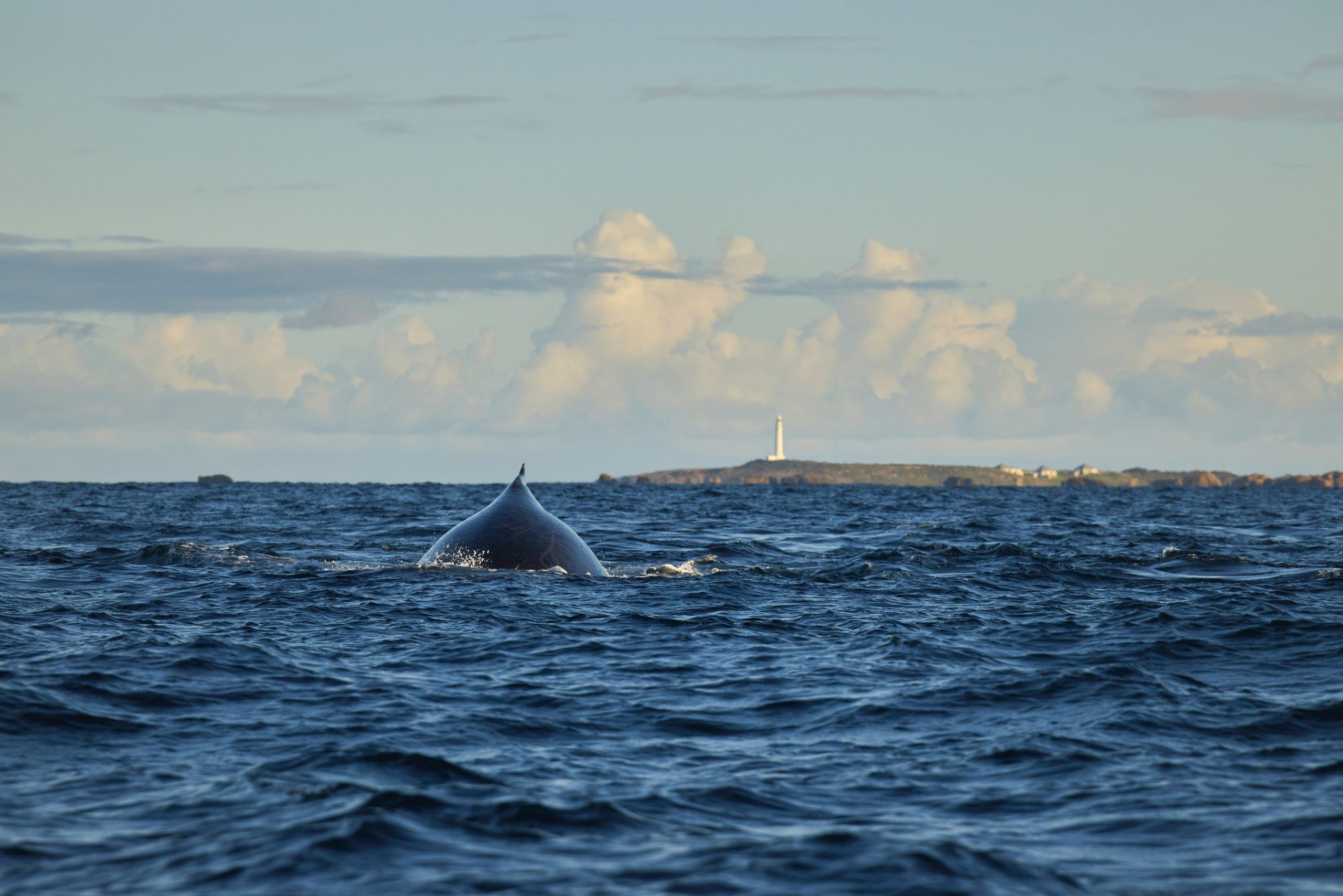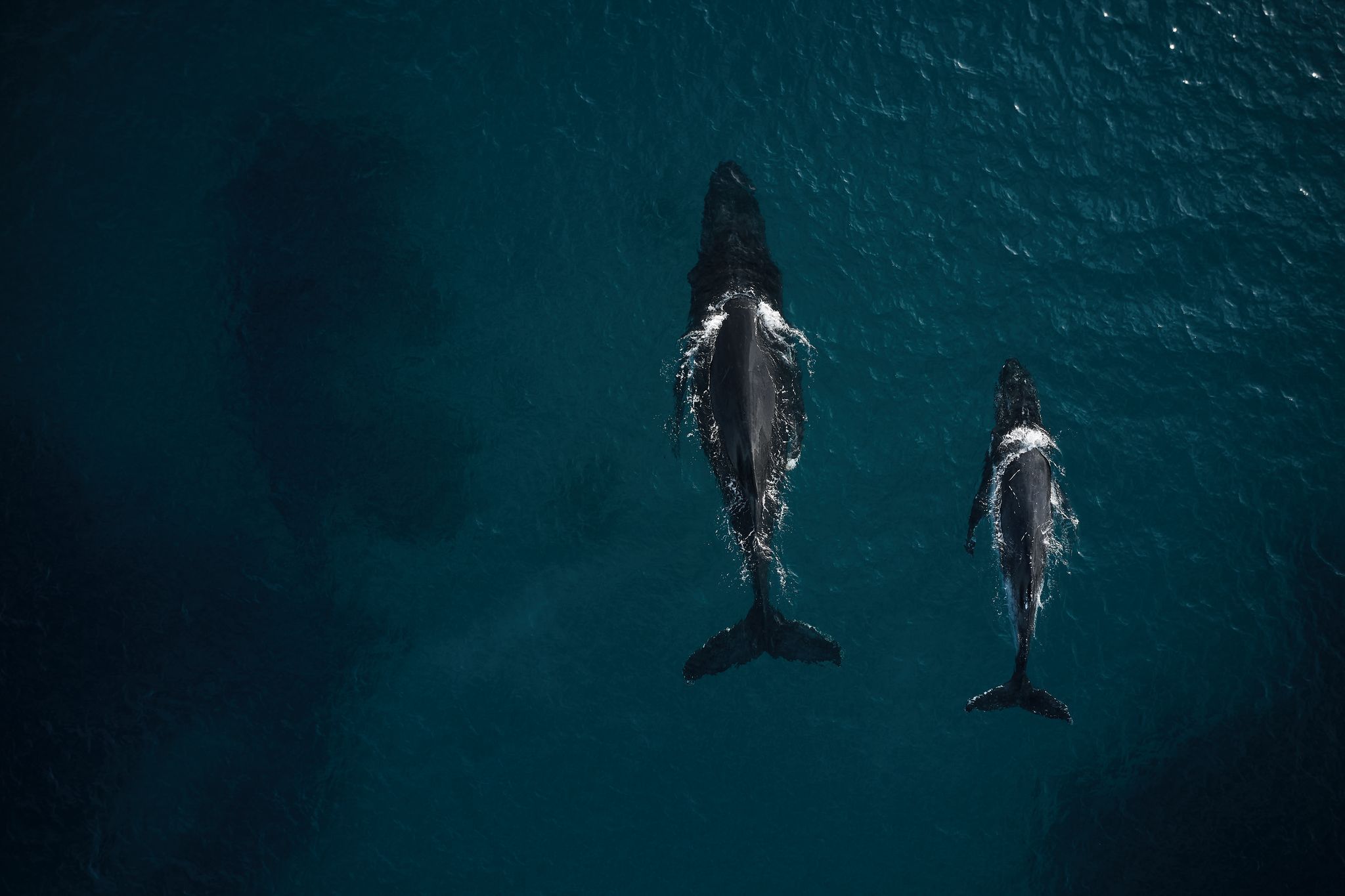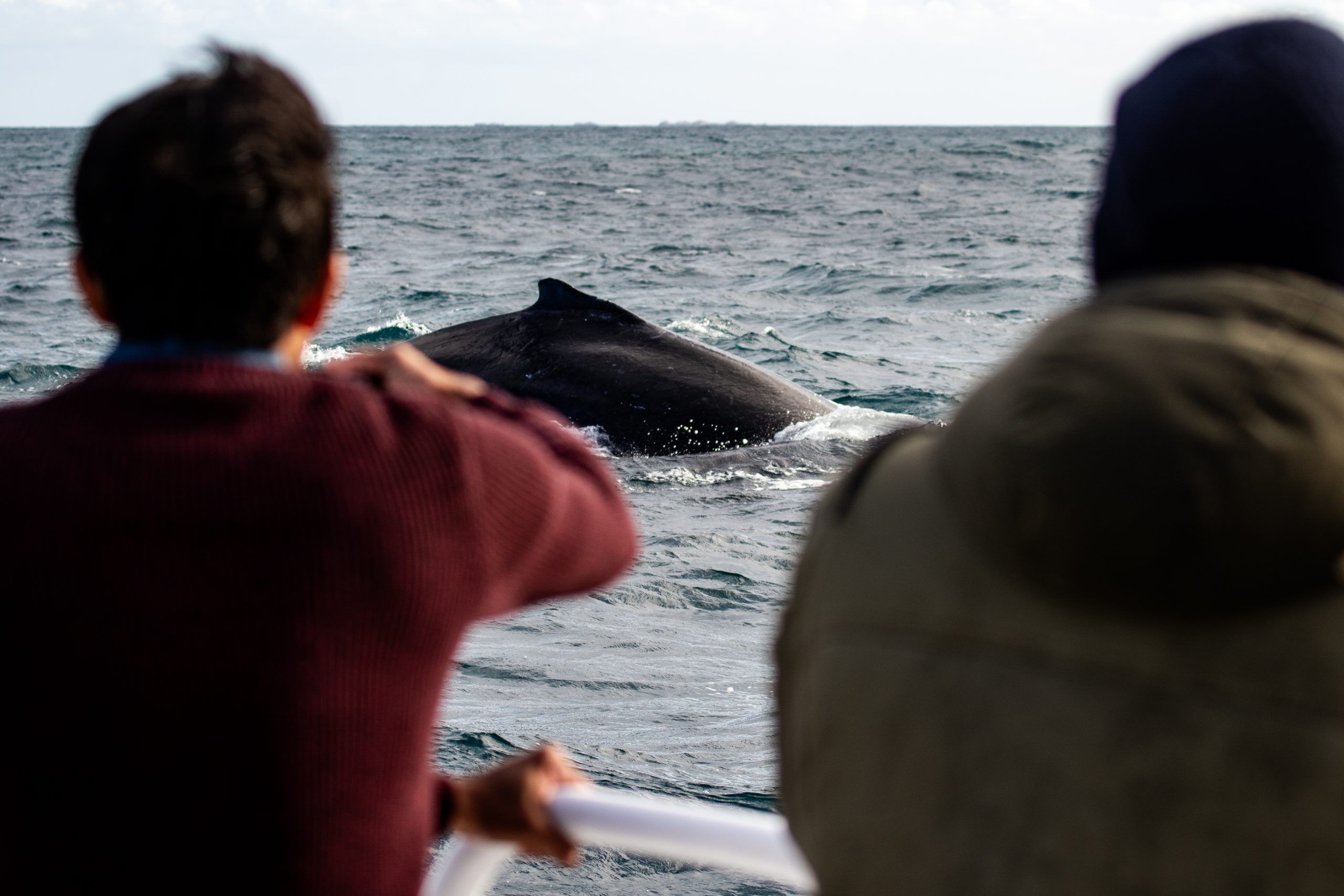Winter is pure magic in the Margaret River Region, days are crisp, the streets are quiet, and love is in the air, or should we say the ocean? From June through to late August, the coastal town of Augusta transforms into a superhighway as thousands of humpback, southern right, and pygmy blue whales begin their migration north to their breeding and calving grounds. This makes for some out-of-this-world opportunities to encounter these gentle giants just off the coast.

Whale watching: the secret love lives of Augusta’s whales
Love is in the air, or should we say the ocean?

This time of year, the ocean transforms from a recreation hub of surfing, diving, swimming and fishing into an expressway as 40,000 Humpback Whales journey north from the frigid waters of Antarctica to the much warmer, tranquil bays of the Exmouth and Kimberley coast, mating along the way. Mothers who have fallen pregnant from the previous year use the temperate northern waters to calve and nurse their young. With this impressive migration underway, winter in Augusta is the ultimate time to jump on a boat or park up on a beach for a whale-watching experience like no other.
Why do the humpbacks make this mammoth 6,500-kilometre journey? Jade Cantrall, Onboard Marine Biologist at Naturaliste Charters, writes, “It is more energetically costly as mammals to remain in the feeding grounds of Antarctica over winter and maintain body heat than it is to travel all the way to the Exmouth Gulf and Kimberley regions and then back to Antarctica for summer.”

But the humpbacks aren’t the only visitors this time of year. Jade continues, “The southern right whales, who we see in August and September months, utilise the southern and south-west coast of Australia as their calving grounds.”
Less is known about the migration and breeding patterns of the pygmy blue whale, however, they are believed to reside along the WA coastline for part of the year before migrating north to winter in Indonesian waters, where they breed and calve.
The calm bays around Augusta present the perfect sanctuary for humpbacks and pygmy blue whales to rest on their long journey northward, as well as provide a safe refuge for the southern right whales to bring up their young. In both cases, the whales are slow-moving, resting or tending to their calves.
Jade writes, “This area provides a natural resource to run ecotourism charters to educate those onboard… These whales can be found in shallow depths very close to shore, so it doesn’t require much effort to see these cetaceans in their natural environment, with many locals and tourists able to spot whales passing through from the land.”

The best way to see these amazing creatures is onboard with one of the four whale-watching tour operators, with three operating in winter from Augusta: Whale Watch Western Australia, Naturaliste Charters and All Sea Charters. Although technically, boats can’t approach whales closer than 100 meters from the side or 300 meters in front or behind, they are naturally curious animals, so they have been known to come up to inspect boats, swimming and playing well within 5 meters.
Jade shares one of her favourite whale-watching experiences writing, “We had a mother and calf humpback whale pair on a glassed-out sunny afternoon. These two circled the vessel within 5 metres of the boat for the entire 2.5-hour tour spy-hopping, pectoral slapping and rolling around each side of the boat like clockwork.”
To have an unforgettable experience like Jade’s head down to the Augusta Harbour, only a 30-minute drive south of Margaret River township. Whale-watching tours leave twice daily, generally departing around 10am and 2pm in the months of June, July and August.
These two circled the vessel within 5 metres of the boat for the entire 2.5-hour tour spy-hopping, pectoral slapping and rolling around each side of the boat like clockwork.

Another fabulous option is whale watching from shore. Luckily, the humpbacks have been known to put on quite a show that can easily be enjoyed from the beach. Humpbacks are particularly adept at breaching and can often be seen showing off their skills off the South West coastline.
For the calves, breaching is pure play and they can be seen breaching as many as 40 times in a row. For adult males, it is more about attracting a potential mate and the bigger the splash, the more he stands out. Next time you head to the beach in winter keep an eye oceanside to catch this spectacular sight.
Some of the best spots for whale watching are Cape Leeuwin, Flinders Bay, Hamelin Bay, and Gnarabup.

